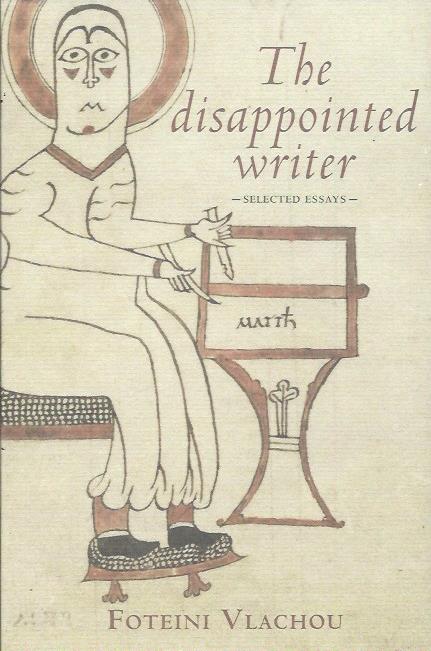
Esta edição destina-se a um público internacional e é integralmente em inglês. Trata-se de um livro que reúne um conjunto de textos organizados pela autora, que incluem novas perspectivas sobre arte portuguesa dos séculos XVIII e XIX, abordando e entrecruzando as relações entre arte e poder, arte e propaganda, bem como arte produzida em condições periféricas. Este volume, no qual se conjugam um rigoroso trabalho empírico e uma profunda reflexão teórica sobre historiografia, conclui com um último ensaio em que periferia é proposto como conceito-chave operativo para novas narrativas em história da arte. O livro inclui ainda textos que exemplificam o seu interesse pela cultura visual cinematográfica, à qual associou também as suas preocupações em história da arte.
«My first encounter with Foteini Vlachou was marked by the qualities that I later found to be definitive of her approach to her life and work: bold intelligence, fearless self-confidence, independence of thought, and absolute commitment to the discipline of art history as a practice of theory that was, in its essence, a worldly, consequential — indeed, political — project. Later, I was to learn of her other great qualities, not least her openness to experience, her warm-hearted generosity, and her committed collegiality. […] As this book demonstrates, Foteini Vlachou had been narrating the periphery for some time, and brilliantly so.» Terry Smith, from the introduction: “Periphrasis: Provinces, Margins, Peripheries, Centres - Foteini Vlachou and the decentring of Art History”
Translations by Efi Katsanika (Greek) and Rui Pires Cabral (Portuguese)
Revision and editing: Mariana Pinto dos Santos
Further revision (ancient Portuguese translations): Begoña Farré Torras
32 pages of figures and colour illustrations
 €22
€22
Esta edição destina-se a um público internacional e é integralmente em inglês. Trata-se de um livro que reúne um conjunto de textos organizados pela autora, que incluem novas perspectivas sobre arte portuguesa dos séculos XVIII e XIX, abordando e entrecruzando as relações entre arte e poder, arte e propaganda, bem como arte produzida em condições periféricas. Este volume, no qual se conjugam um rigoroso trabalho empírico e uma profunda reflexão teórica sobre historiografia, conclui com um último ensaio em que periferia é proposto como conceito-chave operativo para novas narrativas em história da arte. O livro inclui ainda textos que exemplificam o seu interesse pela cultura visual cinematográfica, à qual associou também as suas preocupações em história da arte.
«My first encounter with Foteini Vlachou was marked by the qualities that I later found to be definitive of her approach to her life and work: bold intelligence, fearless self-confidence, independence of thought, and absolute commitment to the discipline of art history as a practice of theory that was, in its essence, a worldly, consequential — indeed, political — project. Later, I was to learn of her other great qualities, not least her openness to experience, her warm-hearted generosity, and her committed collegiality. […] As this book demonstrates, Foteini Vlachou had been narrating the periphery for some time, and brilliantly so.» Terry Smith, from the introduction: “Periphrasis: Provinces, Margins, Peripheries, Centres - Foteini Vlachou and the decentring of Art History”
Translations by Efi Katsanika (Greek) and Rui Pires Cabral (Portuguese)
Revision and editing: Mariana Pinto dos Santos
Further revision (ancient Portuguese translations): Begoña Farré Torras
32 pages of figures and colour illustrations